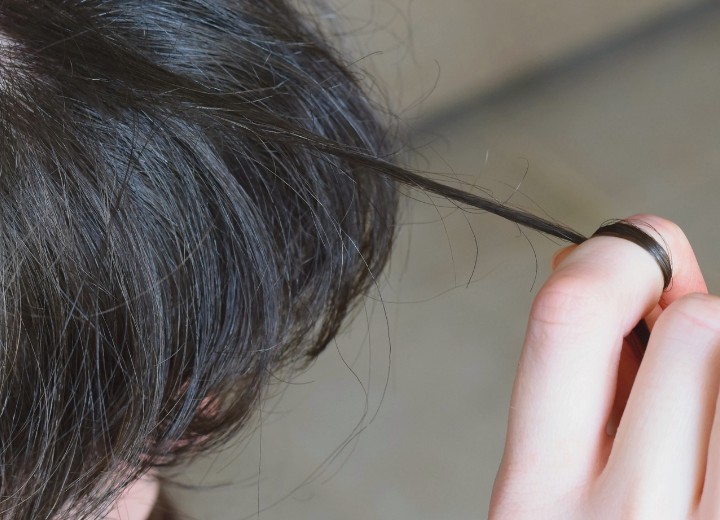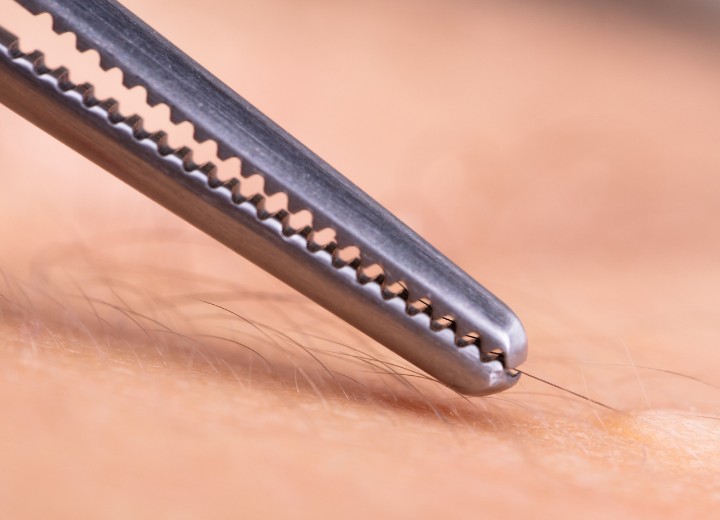Trichotillomania - Compulsive Hair Pulling

This disorder is so shameful that afflicted individuals may turn to substance abuse to ease feelings of shame and guilt, often with no success. What is this disorder, you ask? Trichotillomania, or TTM, is defined as the recurrent, compulsive pulling of one's own hair, resulting in observable hair loss.
Some people with Trichotillomania do not pull the hair but engage in elaborate hair-cutting episodes intended to achieve perfect symmetry. These cutting or pulling episodes can last several hours, with individuals entering a trance-like state where only a few minutes seem to pass. This often occurs when the person is alone, while watching TV, reading, talking on the phone, driving, or getting ready in the morning.
The exact cause of obsessive hair pulling is not known. Research suggests that brain function and structure may be involved in some individuals with this disorder. CT scans of patients with compulsive hair pulling show significant differences compared to the general population, resembling the brains of those with other psychiatric disorders like Tourette's syndrome. There is also evidence that strep infections may be involved in early-onset Trichotillomania, occurring in childhood.
Onset typically occurs in childhood or adolescence, but some cases remain undiagnosed until adulthood. It was once believed to affect only 0.03-0.2% of the population, but it is now estimated to affect 2-3% of the population. In childhood, the male-to-female ratio is 1:1, but as adulthood approaches, the ratio shifts, with more females affected.

Trichotillomania can lead to various complications, including alopecia (baldness), slowed or halted hair growth, and changes in hair texture or color. There is also a risk of infection or scarring from the compulsive pulling and digging to remove targeted hair and follicles from the skin. Some individuals with trichotillomania actually eat the pulled-out hair, risking stomach pain, gastrointestinal obstruction, peritonitis, and, in rare cases, death. Additionally, there is a risk of carpal tunnel syndrome or other neuromuscular problems from the repetitive motion of hair pulling.
It's important to remember that compulsive hair pulling often coexists with other psychiatric disorders such as anxiety disorders, depression, eating disorders, ADHD, Tourette's disorder, and body dysmorphic disorder. People with trichotillomania may also suffer from anxiety and substance abuse. However, the shame associated with TTM is often the most debilitating effect, leading individuals to deny any problems and attempt to camouflage hair loss with hats, scarves, false eyelashes, and tattooed eyebrows.
Trichotillomania can be a life-changing and sometimes life-threatening disorder. It requires treatment by a professional trained in the diagnosis and treatment of obsessive-compulsive disorders. It cannot be changed with willpower alone. Many affected individuals tend to have a perfectionist personality and believe they can fix themselves, to no avail.
If you find yourself spending more time with your magnifying mirror and tweezers than with your loved ones, you may have a problem that needs to be addressed.